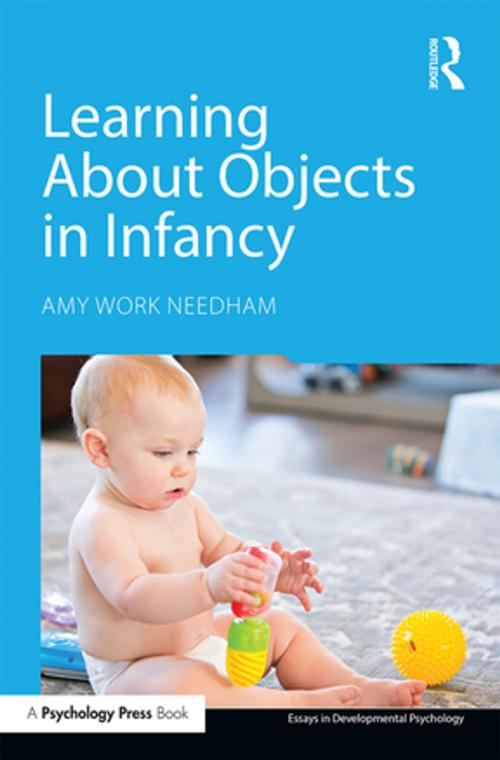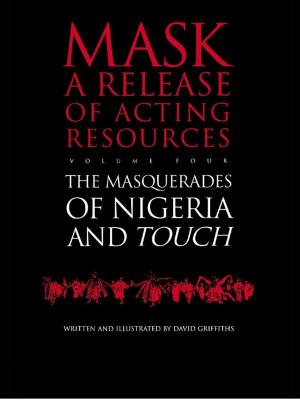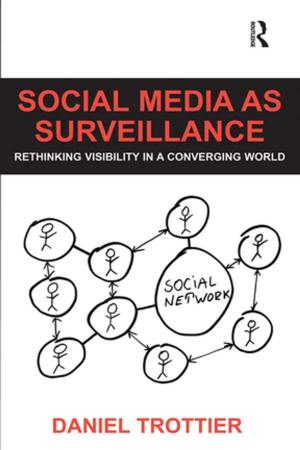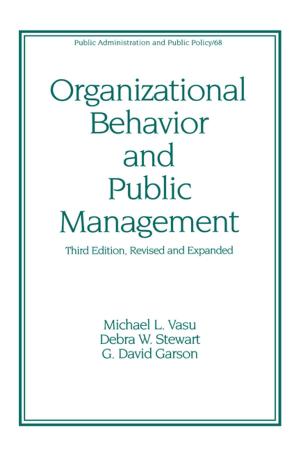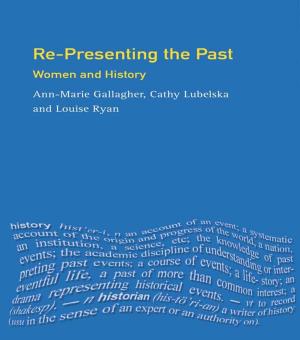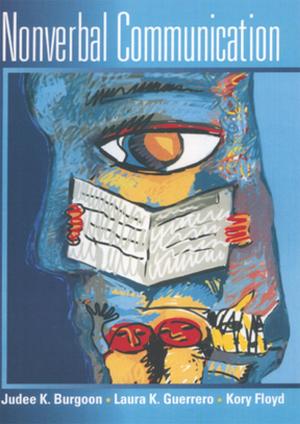Learning About Objects in Infancy
Nonfiction, Health & Well Being, Psychology, Developmental Psychology| Author: | Amy Work Needham | ISBN: | 9781317242062 |
| Publisher: | Taylor and Francis | Publication: | March 17, 2016 |
| Imprint: | Routledge | Language: | English |
| Author: | Amy Work Needham |
| ISBN: | 9781317242062 |
| Publisher: | Taylor and Francis |
| Publication: | March 17, 2016 |
| Imprint: | Routledge |
| Language: | English |
How do young infants experience the world around them? How similar or different are infants’ experiences from adults’ experiences of similar situations? How do infants progress from relatively sparse knowledge and expectations early in life to much more elaborate knowledge and expectations just several months later? We know that much of infants’ learning before four to five months of age is visually-based. As they develop the ability to reach for objects independently, they can explore objects that are of particular interest to them—a new skill that must be important for their learning. Through this transition to independent reaching and exploration, infants go a long way toward forming their own understandings of the objects around them. Towards the end of the first year of life, infants begin manipulating one object relative to another and this skill sets the stage for them to begin using objects instrumentally—using one object to create changes in other objects. This new ability opens up many opportunities for infants to learn about using tools.
In this volume, Amy Work Needham provides an extensive overview of her research on infant learning, with a particular focus on how infants learn about objects. She begins with an explanation of how basic aspects of how infants’ visual exploration of objects allows them to create new knowledge about objects and object categories. She continues with a description of infants’ visual and manual learning about hand-held tools and how these tools can be used to achieve goals. Throughout, she focuses on active learning and development, which results in infants making important contributions to their own learning about objects. She concludes by synthesizing the findings discussed, pulls out recurring themes across studies, and brings together fundamental principles of how infants learn about objects.
How do young infants experience the world around them? How similar or different are infants’ experiences from adults’ experiences of similar situations? How do infants progress from relatively sparse knowledge and expectations early in life to much more elaborate knowledge and expectations just several months later? We know that much of infants’ learning before four to five months of age is visually-based. As they develop the ability to reach for objects independently, they can explore objects that are of particular interest to them—a new skill that must be important for their learning. Through this transition to independent reaching and exploration, infants go a long way toward forming their own understandings of the objects around them. Towards the end of the first year of life, infants begin manipulating one object relative to another and this skill sets the stage for them to begin using objects instrumentally—using one object to create changes in other objects. This new ability opens up many opportunities for infants to learn about using tools.
In this volume, Amy Work Needham provides an extensive overview of her research on infant learning, with a particular focus on how infants learn about objects. She begins with an explanation of how basic aspects of how infants’ visual exploration of objects allows them to create new knowledge about objects and object categories. She continues with a description of infants’ visual and manual learning about hand-held tools and how these tools can be used to achieve goals. Throughout, she focuses on active learning and development, which results in infants making important contributions to their own learning about objects. She concludes by synthesizing the findings discussed, pulls out recurring themes across studies, and brings together fundamental principles of how infants learn about objects.
